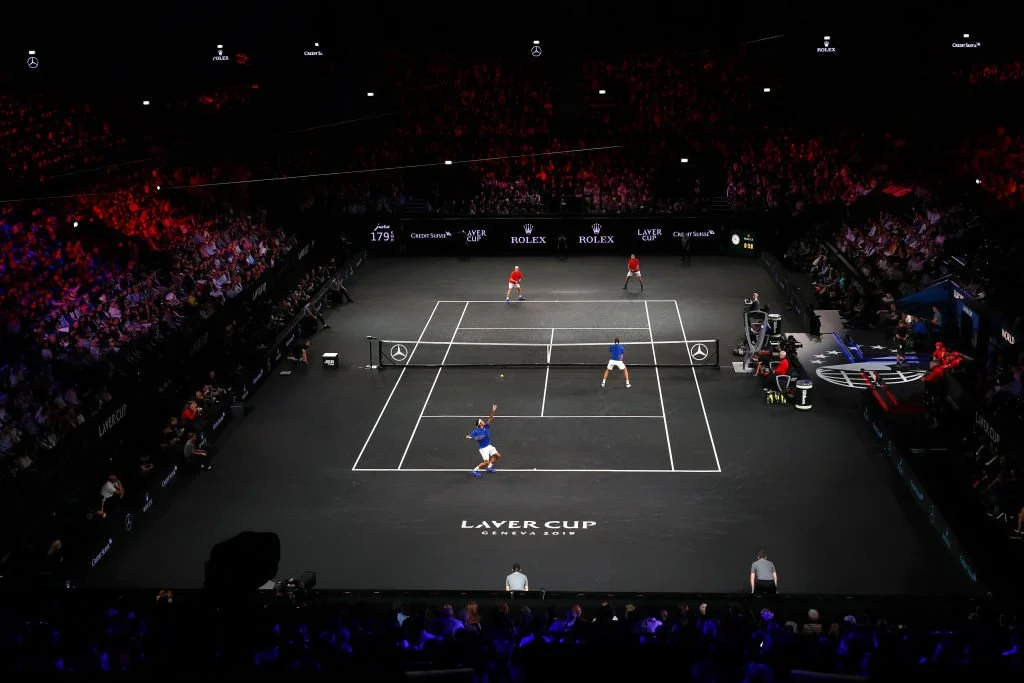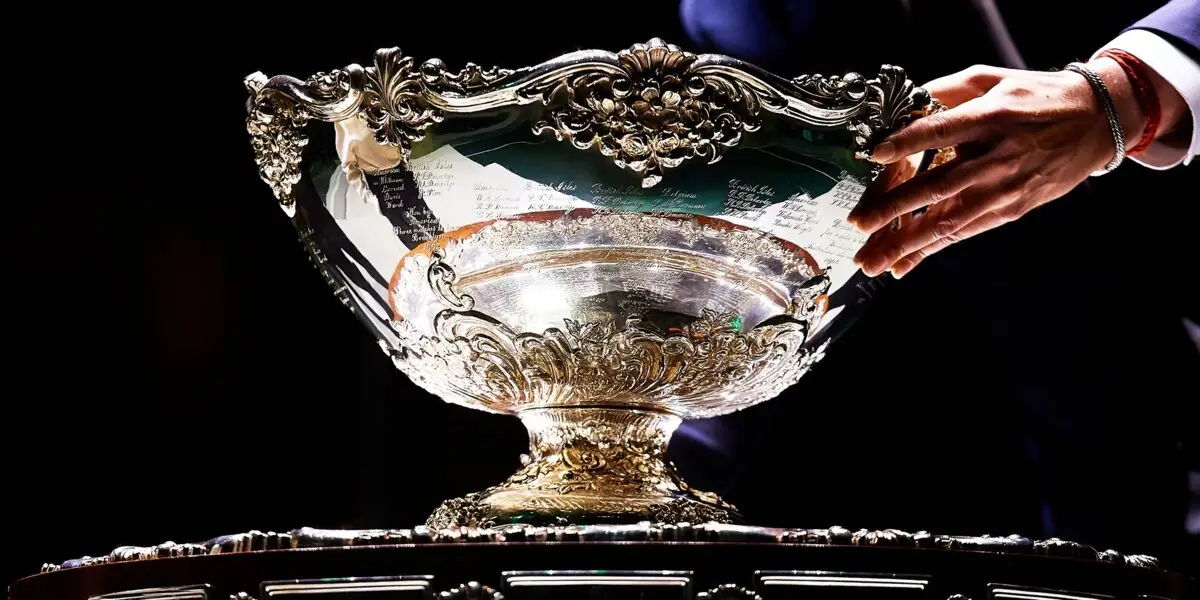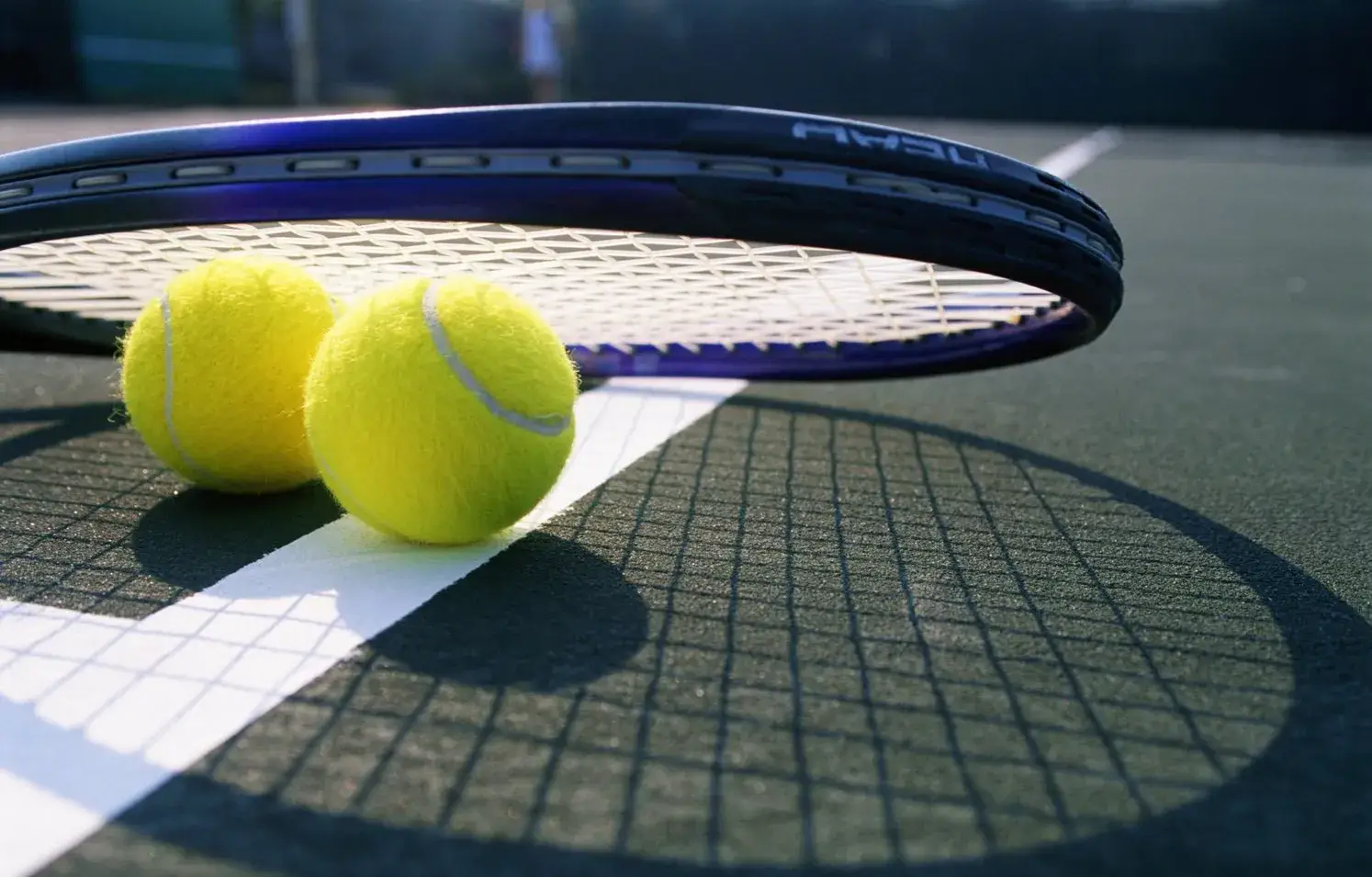The Laver Cup brings together the best tennis players in the world to test their strength on a global level. The spectacular format, the star-studded line-up and the legendary atmosphere make this tournament one of the most exciting events in the tennis world. In this article, you will find out why the Laver Cup is so important, what makes it so special, who the winners are and what significance this tournament has for international sport.
History of the Laver Cup
The Laver Cup was created in honour of the legendary Australian tennis player Rod Laver. The tournament was launched in 2017 when Roger Federer put his idea into practice in collaboration with the ATP organisation. Since then, it has been held every year, with the exception of seasons in which the world situation hinders international competition. Teams from Europe and around the world compete against each other, similar to the Ryder Cup in golf.

Historical facts:
- The first Laver Cup was held in Prague in 2017 and ended with a victory for Team Europe.
- The tournament was named in honour of Rod Laver, one of the greatest tennis players of all time, who won all four Grand Slam tournaments twice.
- Roger Federer was the founder of the competition, who wanted to create a platform for exciting team tennis in the spirit of true rivalry.
- Rafael Nadal and Novak Djokovic have participated in the tournament on numerous occasions, providing unique moments of team play.
Laver Cup format
The format is an interesting mix of singles and doubles matches. The tournament is played over three days, each of which is of different importance. There are two teams: Team Europe and Team World, each made up of six of the best tennis players in their region.
Characteristics:
- In each match, the tennis players strive for individual victories while contributing to the overall success of the team. This creates an atmosphere of cohesion and support that sets the Laver Cup apart from other tournaments.
- Different points are awarded for each win on each day of competition: one point for each win on the first day, two points on the second day and three points on the third day. This format adds to the excitement and spurs the players on to perform at their best as the final draws closer.
- The teams always include tennis legends such as Roger Federer, Rafael Nadal and Novak Djokovic. These stars not only demonstrate their supreme skill, but also spur their team-mates on to incredible performances.
- The tournament consists not only of singles matches, but also doubles matches, which provide variety and make the competition even more exciting. In doubles, the athletes have to demonstrate their coordination, ability to support their partner and react quickly to unfamiliar situations.
- An important part of the format is the opportunity to see top players compete shoulder to shoulder, which is almost never the case in other tournaments.
Laver Cup participants: a high-calibre field of participants
 The participants are the best representatives of world tennis. The European team almost always includes stars such as Roger Federer and Rafael Nadal, while the world team is made up of the strongest tennis players from North and South America, Asia and other continents. Each of these players contributes to creating colourful and memorable moments on the tennis court.
The participants are the best representatives of world tennis. The European team almost always includes stars such as Roger Federer and Rafael Nadal, while the world team is made up of the strongest tennis players from North and South America, Asia and other continents. Each of these players contributes to creating colourful and memorable moments on the tennis court.
The line-up and interesting moments:
- Roger Federer: one of the most important participants who not only helped to shape the Laver Cup, but also brought it into being. His joint matches with Rafael Nadal have become legendary.
- Rafael Nadal: multiple Grand Slam winner, brings incredible passion and fighting spirit to Team Europe.
- Novak Djokovic: plays at the highest level in Europe and contributes to the excitement of the tournament.
- World Team: John Isner and Nick Kyrios are always good for a surprise with their power and strong serves.
- The line-up of the Laver Cup is renewed every year, so that each new encounter is unpredictable and unique.
Laver Cup winners
In recent years, Team Europe has won the most tournaments. This success is due to the fact that it consists of top stars such as Federer, Nadal and Djokovic. However, Team World has also achieved good results and the matches are becoming more intense each time.
Notable successes:
- Team Europe won the first four Laver Cup tournaments (2017, 2018, 2019, 2021), showing incredible teamwork and professionalism.
- Team World finally got their revenge in 2022, one of the most emotional moments in the tournament’s history.
The importance of the Laver Cup for world tennis
The Laver Cup has made an important contribution to the popularisation of team tennis. The tournament has become not only a stage for competition between the strongest players, but also a platform for demonstrating sportsmanship, respect and friendship between tennis players.
The competition attracts the attention of millions of fans and significantly increases interest in team tennis matches. The tournament serves as a strong motivating factor for young players, giving them the opportunity to watch and learn from the best tennis players in the world.
The Laver Cup also promotes sportsmanship and unity by bringing even the most irreconcilable rivals together and creating a unique atmosphere that inspires participants and spectators alike. The influence of the Laver Cup can also be felt in the development of the structure of the tennis tournament itself. It offers an alternative approach to the game that differs from traditional competitions and brings fresh ideas to the world of professional sport.

Conclusion
 The Laver Cup is much more than just an international tennis tournament. It not only demonstrates the skills of the participants, but also the importance of team spirit and the ability to work together towards a common goal. The tournament provides a platform for real stars who are not afraid to challenge themselves and their opponents. Whether you are a European or a world team, the Laver Cup offers every spectator a unique combination of sport, emotion and the true magic of tennis.
The Laver Cup is much more than just an international tennis tournament. It not only demonstrates the skills of the participants, but also the importance of team spirit and the ability to work together towards a common goal. The tournament provides a platform for real stars who are not afraid to challenge themselves and their opponents. Whether you are a European or a world team, the Laver Cup offers every spectator a unique combination of sport, emotion and the true magic of tennis.
 en
en  de
de  ar
ar  es
es  nl
nl  hi
hi  fr
fr  it
it  pt
pt  el
el 












